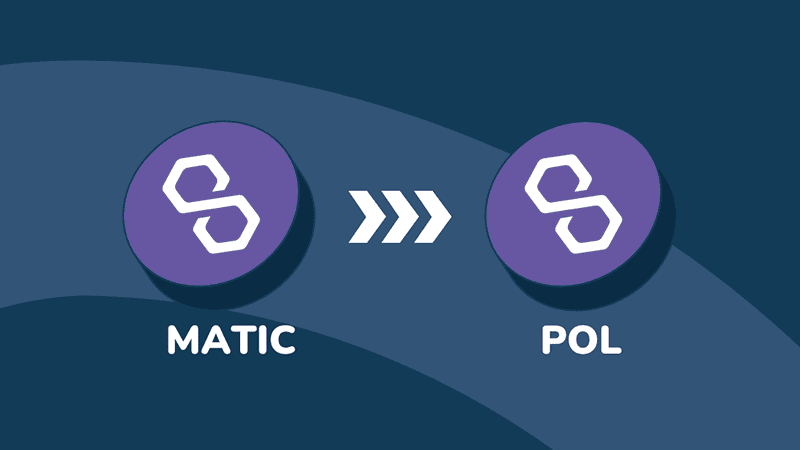
MATIC to POL Migration Is Live: What It Means for the Polygon Ecosystem
On September 4, 2024, a major milestone in the Polygon ecosystem was reached: MATIC has officially been upgraded to POL, marking the beginning of a new era for the network. This transition is part of a broader evolution of Polygon as it transforms into an aggregated blockchain ecosystem powered by the AggLayer.
This community-driven upgrade introduces POL as the new native gas and staking token for the Polygon PoS chain, with broader ambitions for expanded utility in the Polygon multichain environment.
The Upgrade: MATIC → POL
The migration from MATIC to POL reflects a strategic shift designed to unlock scalability, composability, and long-term sustainability across Polygon’s network of chains. Here’s what the upgrade includes:
Seamless 1:1 Migration
On Ethereum: MATIC holders can convert to POL via the Polygon Portal at a 1:1 ratio.
On Polygon PoS: No action is required by users — the upgrade is automatic.
Backwards Compatibility
Applications, wallets, smart contracts, and validators can continue operating without disruption. Backwards compatibility ensures a smooth user experience during the transition.
What Is POL?
POL (Polygon Ecosystem Token) is not just a replacement for MATIC. It represents a next-generation utility token that is designed to:
Power the Polygon PoS chain as the native gas token
Support staking and network security
Play a central role in the future aggregated multichain ecosystem, subject to community consensus
This upgrade reflects the vision of Polygon Labs to create a network of interoperable, zero-knowledge (ZK) chains linked through the AggLayer.
A Token for an Aggregated Future
As Polygon evolves, so too does the role of its native token. POL will become essential to securing and fueling not just Polygon PoS but other components like:
Polygon zkEVM
Future staking hubs (planned for 2025)
Aggregated chains unified via the AggLayer
This aligns with Polygon’s long-term goal: to create a unified Web3 infrastructure where liquidity and state can flow freely across interconnected chains.
Tokenomics & Emission Model
POL introduces a new tokenomic framework to support validator incentives and community growth:
Emission Rate: 2% annual emission over the next decade
Allocation:
50% to the Polygon PoS staking contract to reward validators
50% to a community treasury, managed by an independent, community-accountable board
This emission model is governed by community consensus and can be revised as needed
What Should Users Do?
For MATIC Holders on Polygon PoS:
No action is required — the transition to POL is automatic.
To reflect the correct token name, users should update the network settings in their wallets. Otherwise, it may still display as "MATIC."
For MATIC Holders on Ethereum:
Use the official Polygon Portal to manually migrate MATIC to POL.
For Developers and Integrators:
Refer to the official POL Migration FAQ for information relevant to oracles, DeFi protocols, wallets, bridges, and RPC providers.
Looking Ahead
The POL token is more than just a technical upgrade — it’s a foundational component of Polygon’s next chapter. As the AggLayer connects more ZK-powered chains, POL will serve as the economic engine that secures and coordinates this multichain future.
Stay tuned to the Polygon blog and social media channels to follow the progress of the migration and the broader evolution of Polygon’s infrastructure.
Polygon is building toward a future where Web3 is scalable, composable, and aggregated. POL is the token that will help make it possible.





